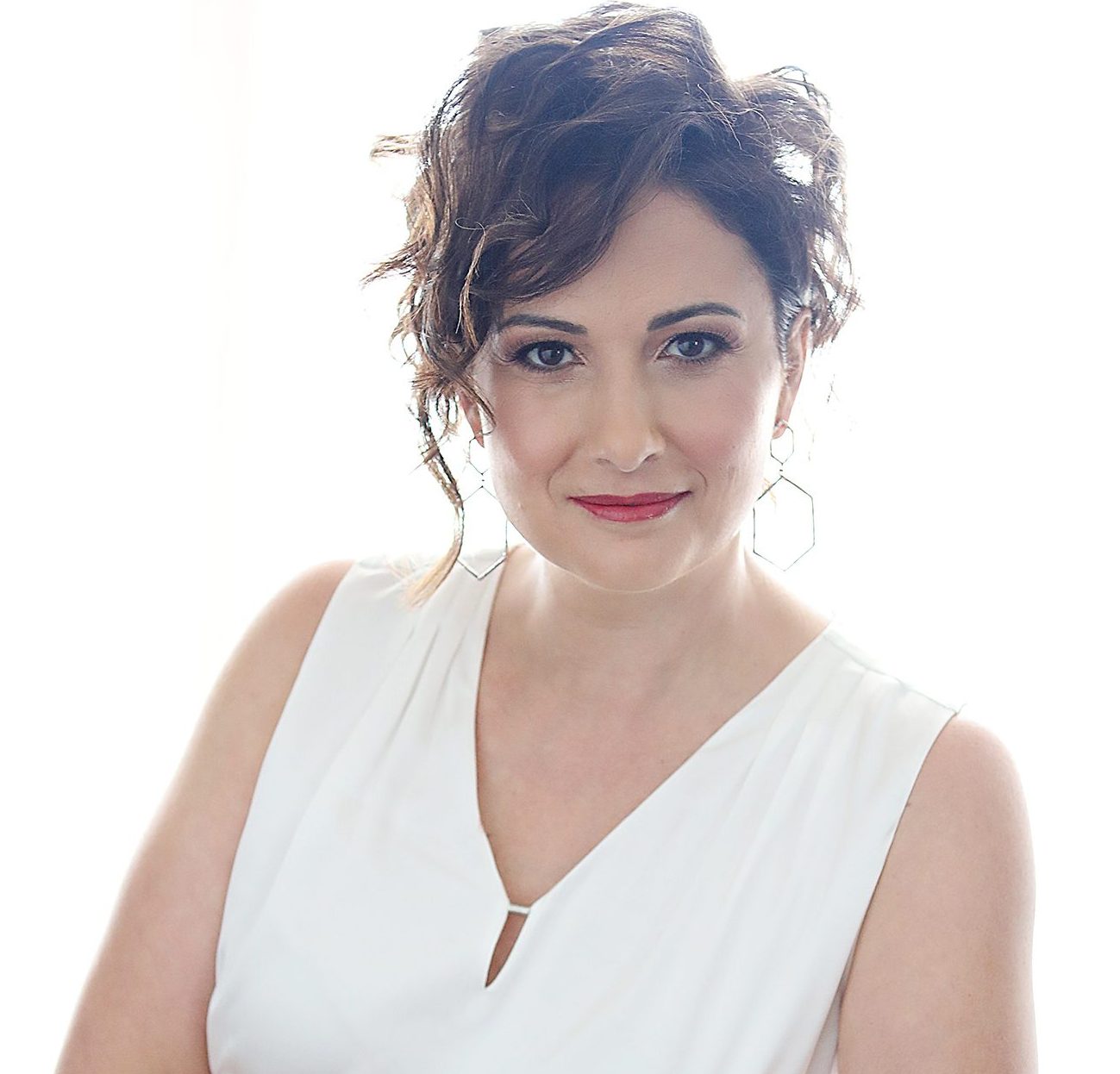
As leaders, business professionals, and entrepreneurs, we must continuously evolve and improve our strategies, skills, and organizations. As the new year dawns, this is the perfect time for us to evaluate our businesses and make impactful changes for 2021. This reflective process allows us to gain a different perspective on our professional goals, and we may already have the answers within ourselves! However, to dig up these nuggets of knowledge, we must start asking questions, researching, and delving deeper into our organizations. This blog holds five questions that will help give our businesses an edge as we transition into the new year.
1. How are we differentiating our businesses?
This question enables us to look externally at competitors but also internally at our business offerings. Do we create something unique for our market? W. Chan Kim and Renee Mauborgne’s book Blue Ocean Strategy describes this problem in a powerful metaphor. Think about the clients like fish in the ocean, while the competitors are like sharks. Where there are many sharks the water will turn red with blood as the they compete and chow down on their chosen meals. However, if we can swim out to areas with less or no sharks, we have a better chance of being seen and thriving in the clear waters. This translates to business by emphasizing how important it is to be unique. If thousands of organizations are fulfilling the same market place, it is time to differentiate our business! By being creative and come up with new offerings, we can separate ourselves from the crowd and truly shine for our potential customers.
2. How are we diversifying our revenue?
As the pandemic hit, we were all faced with new and overwhelming challenges. Government-mandated closures and quarantine impacted many businesses like restaurants, event hosting, and retail. As a keynote speaker, I saw so many of my speaking engagement put on hold. If my business only depended on this aspect, I would have been devastated. However, by diversifying my business to include multiple services, I was able to stay afloat amid uncertainty. To branch out, we must first think about our skillset and knowledge areas. How can we incorporate this information into different products or services? Don’t be afraid to venture into new areas to expand the organization’s area of influence. This is a great chance to invest our time in creating unique offshoots of our current companies.
3. What are we doing to position ourselves as thought leaders?
As a leader or entrepreneur, it may be tempting to hide behind our brand and let our business take the front seat. However, if we have the confidence to become our brand, clients will flock to our business because of our personal qualities and values. Being a thought leader means being present in your community, supporting local organizations, and engaging in public events. Clients see us giving speeches at business conferences, posting informational videos, and participating in panels! We can use this visibility to boost our sales and services. I realize this is not always easy for some. If you are afraid of public speaking, you are not alone. There are so many resources that help us find our voice, including some of my blogs and my new Professional Speaking Program. By becoming a thought leader, our clients will begin to seek us out as well as the products we are offering. They will be more willing to try new services and remain loyal to our brands because of their personal connection. Our position as thought leaders allows us to expand our influence, inspire our community, and maintain our customer base.
4. What are we doing to understand our clients better?
While we all have a general understanding of our central market, new research is published each and every day about different demographics and their wants and needs. We must figure out the central issue our clients face and how we can be the best solution for their problems. For example, a large part of the consumers are Millennials and Gen Z. These generations make up 51% of the world population! If we do not have a strategy to reach these clients, we miss out on a large portion of our potential customers. One way to relate to these age groups is to incorporate a central meaning or purpose to our brands. These younger generations want to see how we are making a difference in the world. We can achieve this by highlighting our positive actions in our community, donating proceeds to a cause, and focusing on Diversity & Inclusion.
5. What are we doing to motivate our employees?
In today’s socially distanced world, we must work harder to keep our team connected. With a lack of face-to-face communication, employees may feel disconnected from their supervisors, worrying about the state of the company and recent economic instability. We must make an intentional effort to value and support our team and initiate conversation with them. Communication and connection are essential to establish an open, inclusive, and productive workplace culture. In the coming year, we need to continue to embrace our team members and celebrate their achievements whenever possible. The stresses of the pandemic are as prevalent as ever, so remaining supportive and understanding is a necessity in 2021.
Give these five questions some thought. Maybe talk about them with your coworkers or write through your answers in a personal journal. Through these moments of introspection, we can come to a greater understanding of ourselves, our businesses, and our central mission for 2021.
Dima Ghawi is the founder of a global talent development company. Her mission is providing guidance to business executives to develop diversity, equity, and inclusion strategies and to implement a multi-year plan for advancing quality leaders from within their organization.
Through keynote speeches, training programs and executive coaching, Dima has empowered thousands of professionals across the globe to expand their leadership potential.


